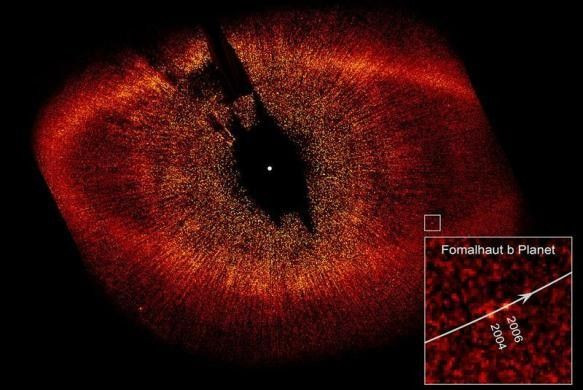Interstellar Dust Discovered Inside NASA Spacecraft May be Alien Visitors [Watch Video]

According to the report by news.discovery.com, an extensive effort from over 30,716 volunteers and scientists led to the identification of seven precious specks of dust from outside the solar system, each bearing unique stories of exploded stars, cold interstellar clouds and other past cosmic lives.
Interstellar means anything occurring or situated between stars. The study appeared in the journal Science.
This journey started eight years ago when NASA’s Stardust robotic probe flew by Earth to deposit a capsule containing samples from a comet and dust grains. The spacecraft was outfitted with panels known as aerogel that could trap and preserve fast-moving particles.
Stardust reportedly placed itself twice into the position required to catch interstellar grains. These grains are so small that a teaspoon would be sufficient to store a trillion of them.
“When we did the math we realized it would take us decades to do the search ourselves,” physicist Andrew Westphal, with the University of California, Berkeley, told Discovery News.
The team took help of an automated microscope to scan the collector and made an announcement asking for volunteers.
As explained by Westphal, this approach brought forth quite a bit of criticism from the community and questions were raised about issues like the reliability of the data collected because that would be done by complete strangers.
Recruits were then trained and had to pass a test before they were given digital scans to peruse. To test their capability, scientists also inserted images with known trails just to check if the volunteers, known as “dusters,” would spot them.
"We were very pleased to see that people are really good at finding these tracks, even really, really difficult things to find," Westphal was quoted saying.
Scientists identified seven specks that bear chemical signs of interstellar origin and travel.
They observed that the grains are of diverse nature in shape, size and chemical composition. The larger ones come with fluffy, snowflake-like structure.
Further investigations are needed to verify the grains in detail.




















